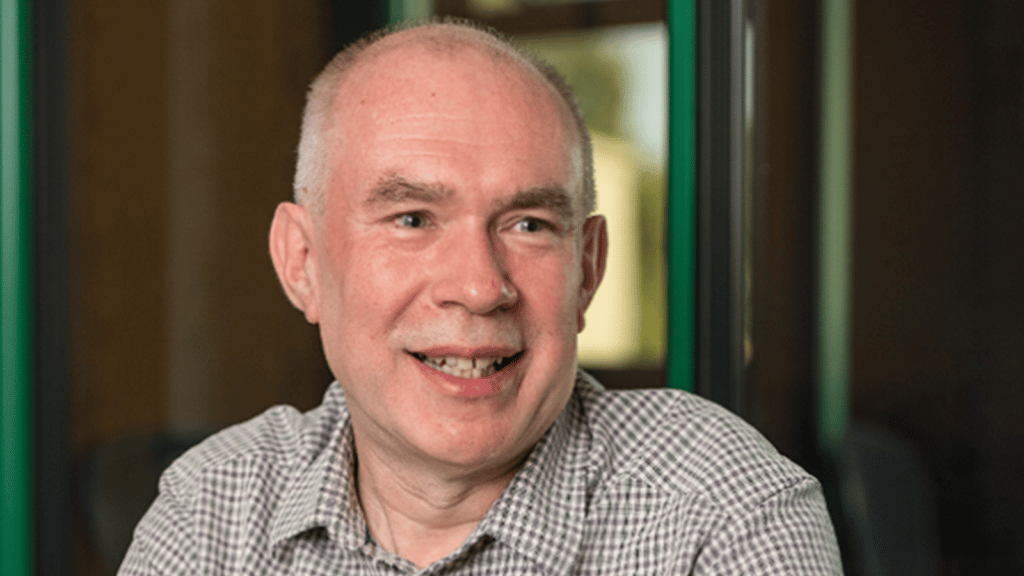Roger Wedlake, Gravity Media’s Technical Director, Post-Production, explains why Avid shared storage systems remain the first choice for the broadcast and post-production industry.
“Gravity Media was already using Avid storage when I joined in 2008, so I have seen three generations of Avid shared storage: Unity (launched in 2006), then ISIS, and now the current provision, NEXIS, which came out in 2016. Unity was a fibre connection, requiring multiple fibre options connecting to a central fibre switch alongside the copper connections. ISIS jettisoned fibre in favour of copper Ethernet, which was more straightforward because copper connections are less complicated; set up and configuration are simpler and more reliable for engineers than working with two different pieces of technology.
Each new incarnation of Avid’s storage has seen increased capacity and larger hard drives. Our Unity chassis held 16 one-terabyte drives, so we had 16 terabytes available. Each ISIS drive was four terabytes, giving us a 64-terabyte unit. NEXIS – now our main client offering – provides 10 ten-terabyte drives, bringing the greatest single-unit raw capacity available to 100 terabytes. All three systems allow the chassis to be linked together, to increase storage capacity and/or to increase the bandwidth available within that storage. NEXIS is certainly a leap forward, though, in both respects.
Storage and bandwidth are key considerations in creating a project specification. Extra chassis may be needed to reach the client’s storage requirement, or to provide enough bandwidth to service several Avid clients and pieces of client-specified kit. A relatively straightforward setup – perhaps a drama with four or five edits – could comfortably be serviced by one storage chassis. A higher-end project, like a major sporting event with 30 edits streaming from EVS, might require six NEXIS chassis to achieve both the bandwidth and the capacity required. With 4K UHD becoming more common for sports productions, there’s a much higher data rate so a significantly higher bandwidth is needed.
Getting the NEXIS to location for a production generally involves removing hard drives from the chassis before shipping. They are the heaviest components, so removing them makes each unit lighter and easier to move, and guards against the drives or chassis being damaged. To protect the hard drives during transit, we use bespoke flight cases and drive boxes, designed to our specifications by Case Design and Oakleigh Cases. These custom-made boxes have been foamed and cut with slots to the exact dimensions of the drives, and all the drives are colour-coded to match their original chassis for simple identification.
Technically, there’s nothing to prevent Gravity Media from using a third-party 100-terabyte storage unit, but the key difference is that Avid storage runs on Avid software, and the fully integrated support makes everything simpler. If you’re running Media Composer, for example, the programme knows when it is connected to Avid storage, functions better with Avid storage and, if something goes wrong, Avid will support.
Another consideration is that possibility of failure increases proportionally to the number of hard drives in use. A large storage setup for a major event could have six or eight storage chassis, each with 12 or 16 connected drives; if anything fails, the system itself needs to continue working without interrupting production. Avid storage systems are tailored to manage this, either by offering a completely redundant setup, with a redundant path through the system, or through chassis that mirror each other, so that if any part of the system fails, anywhere, it is still possible to keep the broadcast on air or to carry on editing.
NEXIS comes in two models, NEXIS Pro and NEXIS E (for Enterprise); we use both. The Pro is ideal for a film or drama project requiring one or two chassis of storage, because of the stop/start nature of production. The NEXIS E is more suitable for high-end live projects that demand high-end facilities – for complex live broadcast, you can be on air almost 24 hours a day for a full fortnight or longer, and you cannot afford any failure whatsoever, even for a few hours.
One of the great things about the NEXIS E is the flexibility: it can provide two controller modules in each chassis, and each module can be connected to a separate network or teamed into a single network. It can be configured against single hard drive failure just as we would have configured an ISIS; similarly, we can take multiple NEXIS E chassis and configure them in the same way. The numbers are bigger: you can link more chassis, producing greater storage capacity and bandwidth; more clients can connect to it; you can build a fully redundant resilient system protected against multiple drive failures, a whole chassis failing, or a network switch fail.”
To learn more about our Avid storage solutions, or for any other help with your next project, email enquiries@gravitymedia.com.

